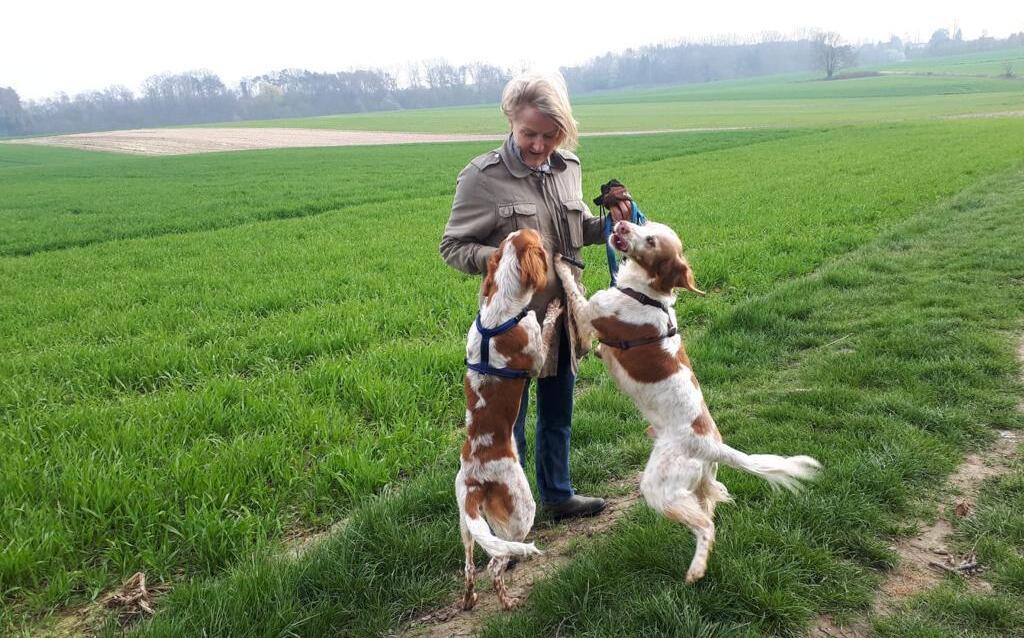After four weeks of practice by the fjord in Norway, I finally masterd the bowline knot. No, it’s not a complicated asana with intricate twists and turns of the limbs around the body but a rope knot you can use to tie a boat or a flag, for example.
Every summer I’ve tried to no avail, but this summer I managed, so this will be my show-and-tell when we meet again. We had an eventful and extremely stressful voyage up to Norway, including two incidents when we were forced off the road by police and customs with sirens and blinking lights. We suddenly realised what it must be like to be a refugee.
Unwelcome everywhere and meeting suspicious officials at every crossing of frontiers. Our skin is still white, but the Belgian licence plates turned us into unwanted aliens. It was a sobering experience.
After a weird negotiation, including a dog-loving police officer who didn’t want to see our dogs forced to quarantine in a hotel, we were let into Norway and could quarantine with our daughter and her family, including 1-year-old Emil.
My yoga practice has been regular, but not much to brag about, at least not the physical part of it. I certainly haven’t tried to tie myself into a bowline knot, as I have felt rather stiff and achy, due to a series of minor injuries.
Carla Anselm, a yoga teacher with OpenSky Yoga, the school with which I follow the advanced teacher training, taught me a way out of this constrained situation, during her workshop on the iliopsoas muscle, which is the go-to muscle for many of our pains. Minimal movements and adjustments for alignment and stretching of this pair of muscles did wonders.
I have also attended a course in yoga philosophy, led by Edwin Bryant, who has translated the foundational texts in Sanskrit into English. His teaching put the physical practice into a profound perspective of millennia of knowledge and culture, giving a framework to the rather patchy knowledge I had so far.
I learned, for example, that my earlier reference, the Yoga Sutras of Patanjali, would lead to a very monastic practice. Whereas the grand epic Bhagavad Gita allows for an open practice of sharing, which sits more easily with most of us today.
I remain loyal to the Sutras for their lucidity and universal insight into the workings of the human mind.
Warm greetings to you!
Looking forward to connecting with you again once I leave my troll-like state here, with fur-trimmed and nails clipped,
Emily
